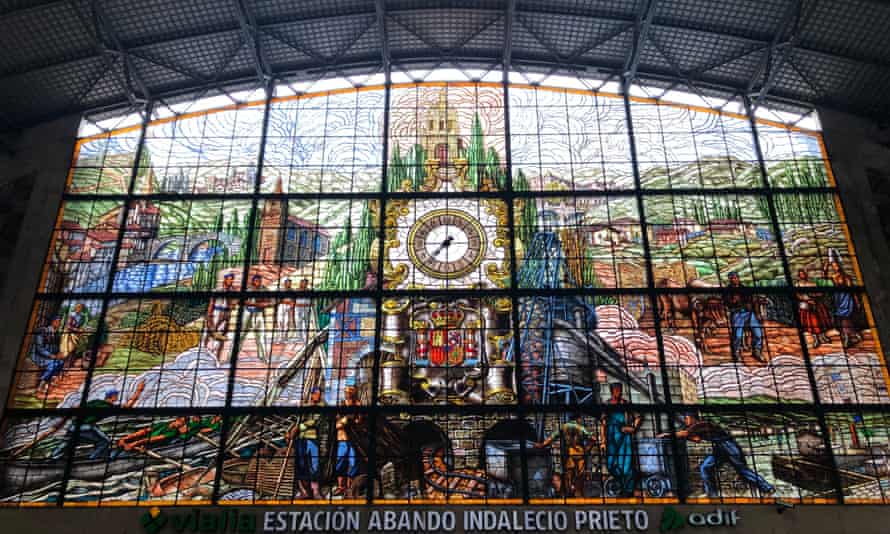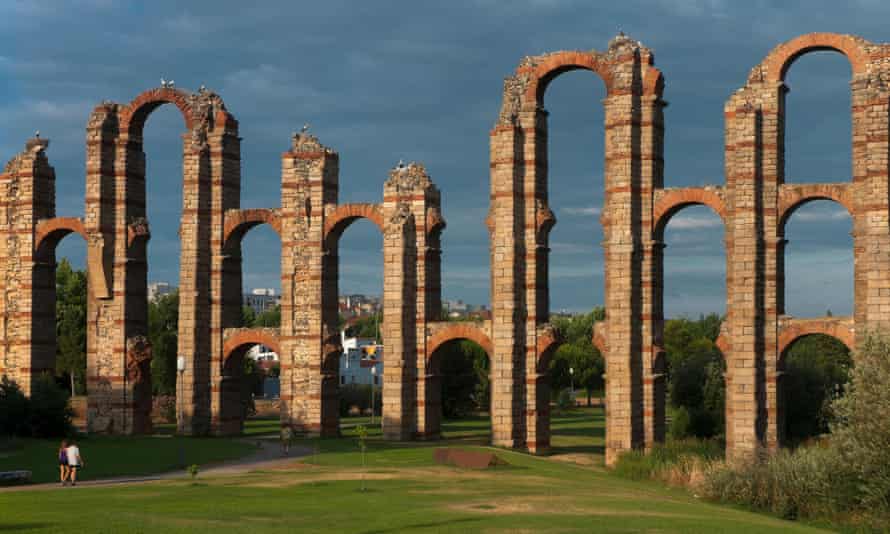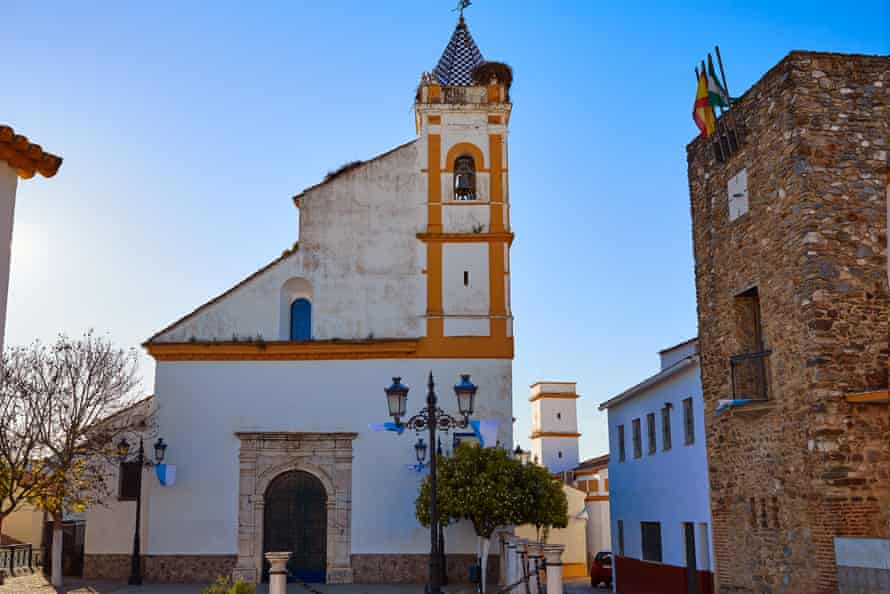Homage to Spain’s railways: take the slow train for the best scenic routes |
Spain was a slow starter with trains. Its first tracks, between Mataró and Barcelona, covering about 20 miles, were laid in 1848, 18 years after the world’s first intercity line, between Manchester and Liverpool. And because a different track gauge was selected from the “standard gauge” of most of the rest of Europe (partly owing to fear of the new railways being used by an invader), this led to a longstanding requirement to change trains at the French border, resulting in huffy passengers and a stagnation in trade.
Railway tracks, some still serviced by steam trains, did cover most of the country by the time of Francisco Franco’s death in 1975, although Spain was by then way behind France, where the inaugural high-speed TGV line, between Paris and Lyon, was to open in 1981.

Post-Franco, great investment has gone into Spanish trains, especially a network of high-speed lines using standard gauge – the first of which was laid to coincide with Seville hosting Expo 92. Now the country has more than 2,000 miles of such railways, more than any other European nation.
The secret to exploring Spain by train, however, is to avoid all these shiny, bullet-nosed Alta Velocidad Española (AVE) newcomers – as wonderful as they may be – and stick to the country’s regional lines. Do so, and sleepy towns and villages await across dusty plains, towering mountains and remote valleys, as I found while researching my book Slow Trains Around Spain: A 3,000-Mile Adventure on 52 Rides. Here are three of the best.
Ruins and ravines: Mérida to Almadén

From the track into Mérida in the hot south-western region of Extremadura, you are treated to one of the finest views from any train in Spain. Having crossed a parched plain into the remote city, the carriages clatter slowly into Extremadura’s capital, where the remains of a magnificent Roman aqueduct rise.
Through gaps between towering columns of orange-hued brick, windows of azure sky are framed, and it is hard not to marvel at the structure’s miraculous longevity as well as its striking presence. A crumbling reminder of an ancient civilisation, seen through the carriage windows.
This is just one of the Roman attractions of Mérida, once a place of peaceful retirement for the centurions of Hispania. You can see it from the station platform, from where the trains move eastwards across yet more arid landscape to the little-visited old cinnabar-mining town of Almadén.
Catch an early morning train and beams of tangerine and pink sunlight bathe the countryside at the beginning of this two-and-a-half-hour journey, covering 135 miles. This works out at a leisurely 54mph, though you may wish the carriages moved even slower, such is the ride’s beauty.
On the outskirts of Mérida, vineyards and olive groves taper across the sun-baked golden soil before brilliant expanses of sunflowers open out, followed by coppery cornfields and a sea of cereal. Deer dart from thickets. Birds of prey soar. Passengers (just a couple of others, usually) put aside phones and papers, eyes transfixed on the scenery as morning begins in Extremadura.
It is not long before hills arise with valleys occupied by strange, shiny new “crops”. These turn out to be fields of solar panels, which, up close, look like the sides of skyscrapers laid flat. There are hardly any settlements to speak of, just the odd farmstead. This region is home to 26 inhabitants per square kilometre, though it seems even fewer from the train.

The landscape is alive with interest as we roll into badlands of ravines and tumbleweed. Here is the beginning of the Sierra Morena mountains, with their shards of towering granite and steep, rocky slopes. Startled sheep wobble across crumbling pastures in the lowlands. Others rest in the shade of trees, occupying every inch of darkness. The result is bizarre, as though freak snowstorms have struck beneath the branches.
The train continues across a succession of gorges with rivers lined by pink ribbons of flowers growing from rhododendron-like bushes. The effect is extraordinary, too. With the land all around so arid and rocky, it looks as though the waterway has somehow turned pink. Salvador Dalí, you feel, would surely approve.

Through a cut in the hills, the carriages arrive at the ochre structure of Almadén station, where a grey cat with inscrutable green eyes rests on the platform, regarding disembarking passengers. Flies buzz. A stationmaster blows a whistle. Not much else is going on.
Hop off here (avoiding the cat’s bowl of milk on the platform), hitch a ride…
Read More: Homage to Spain’s railways: take the slow train for the best scenic routes |

